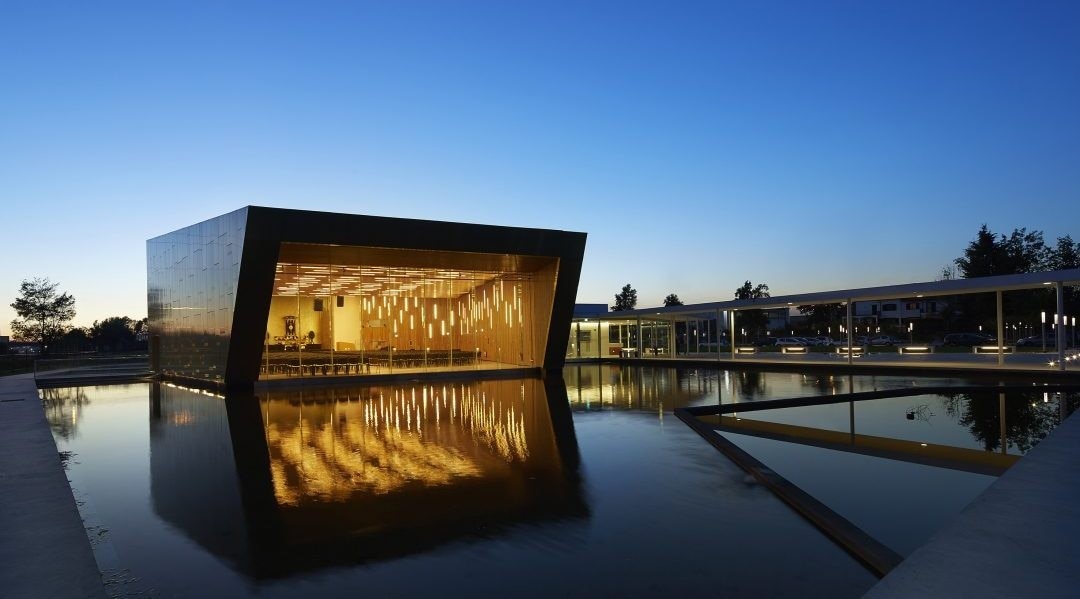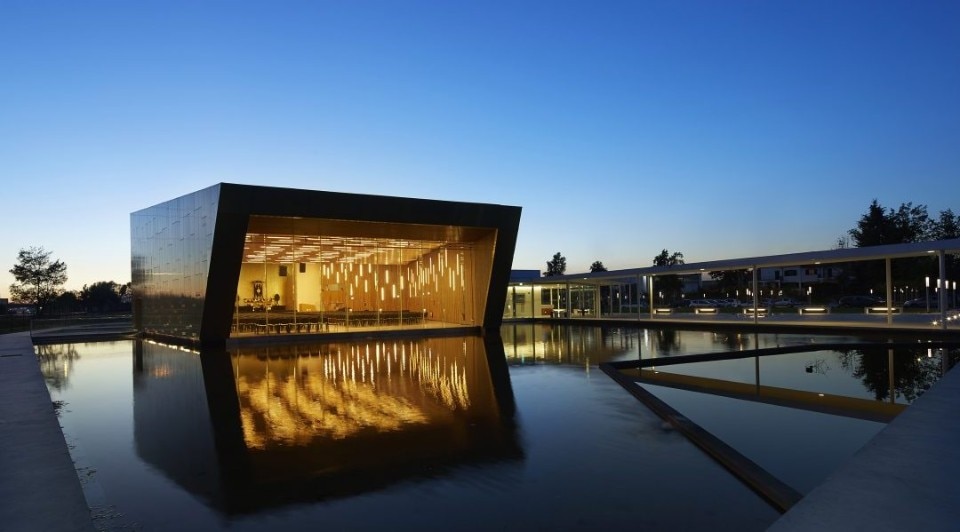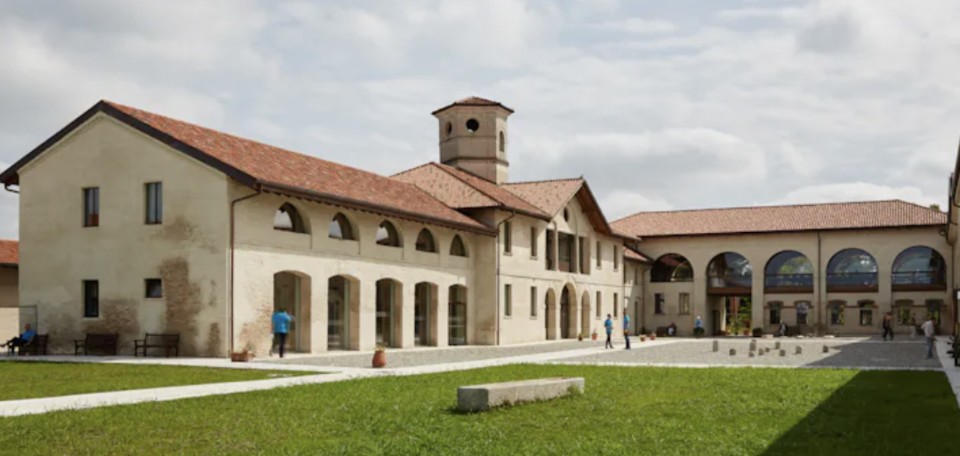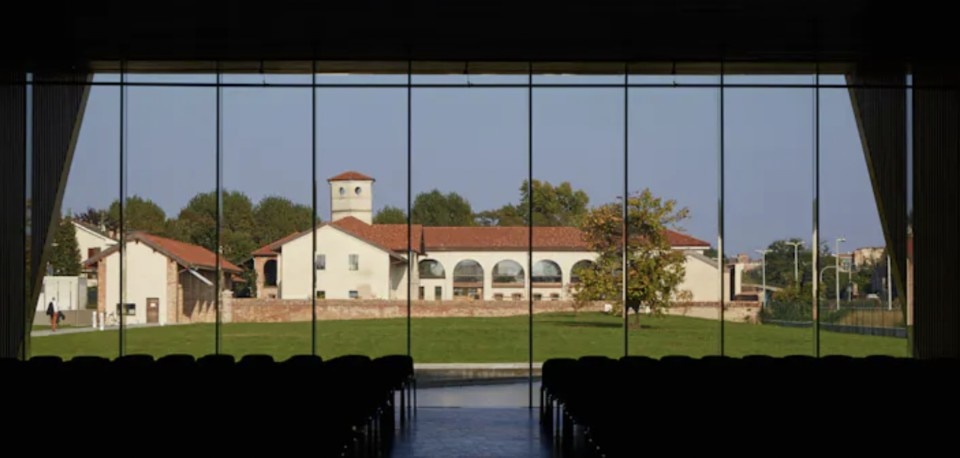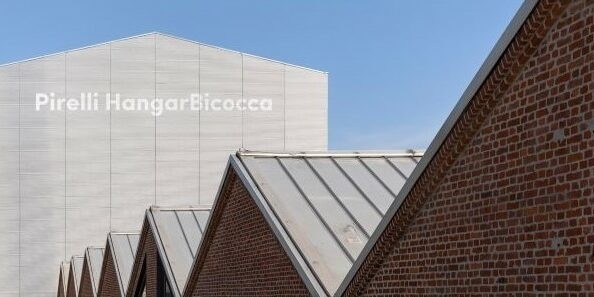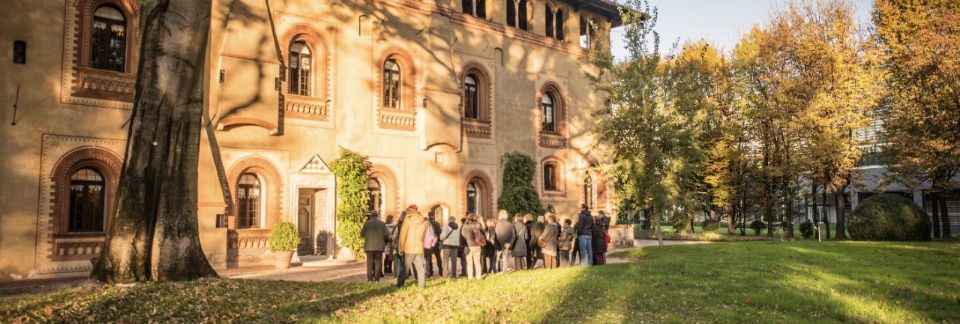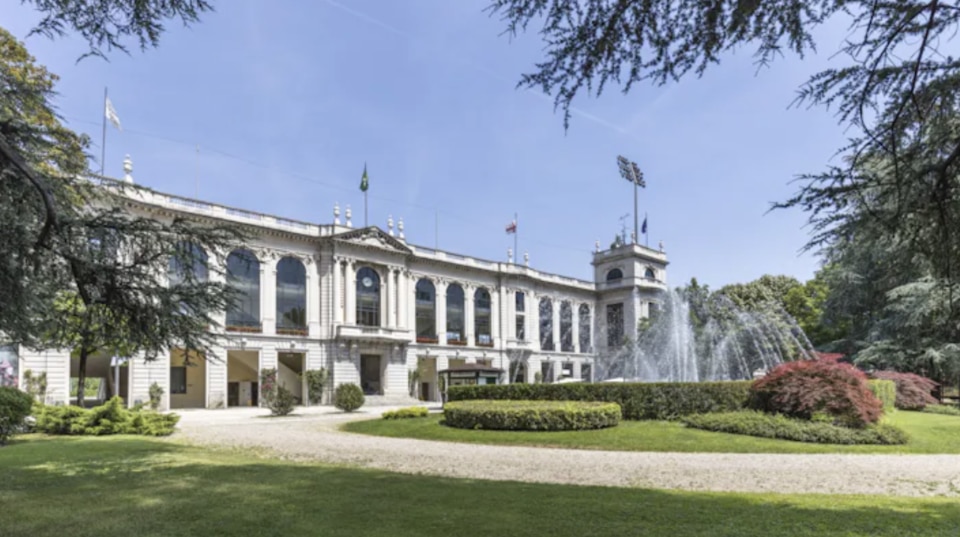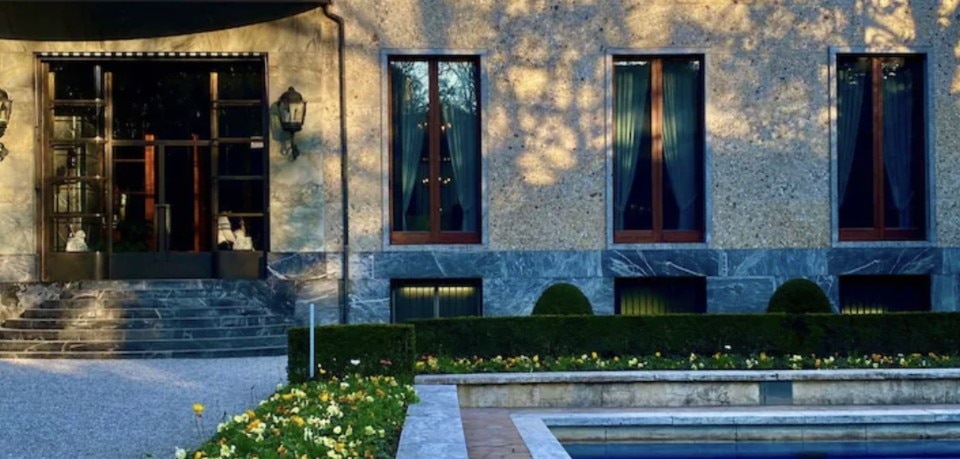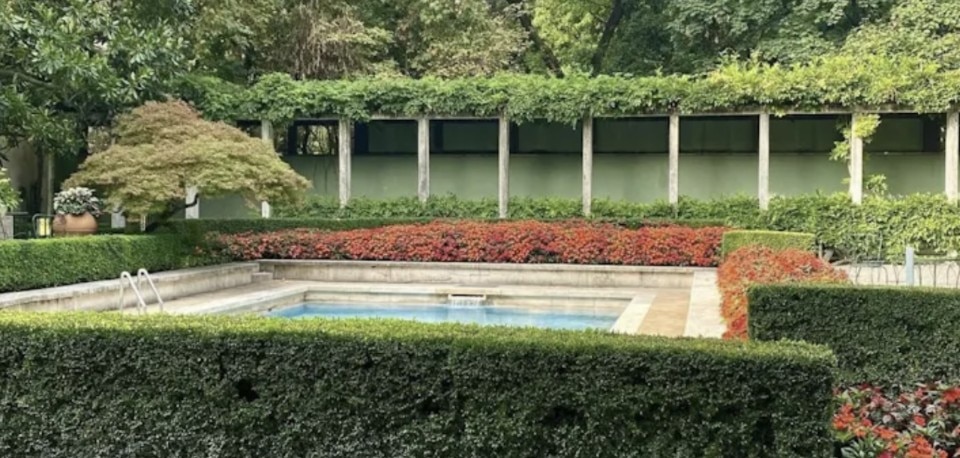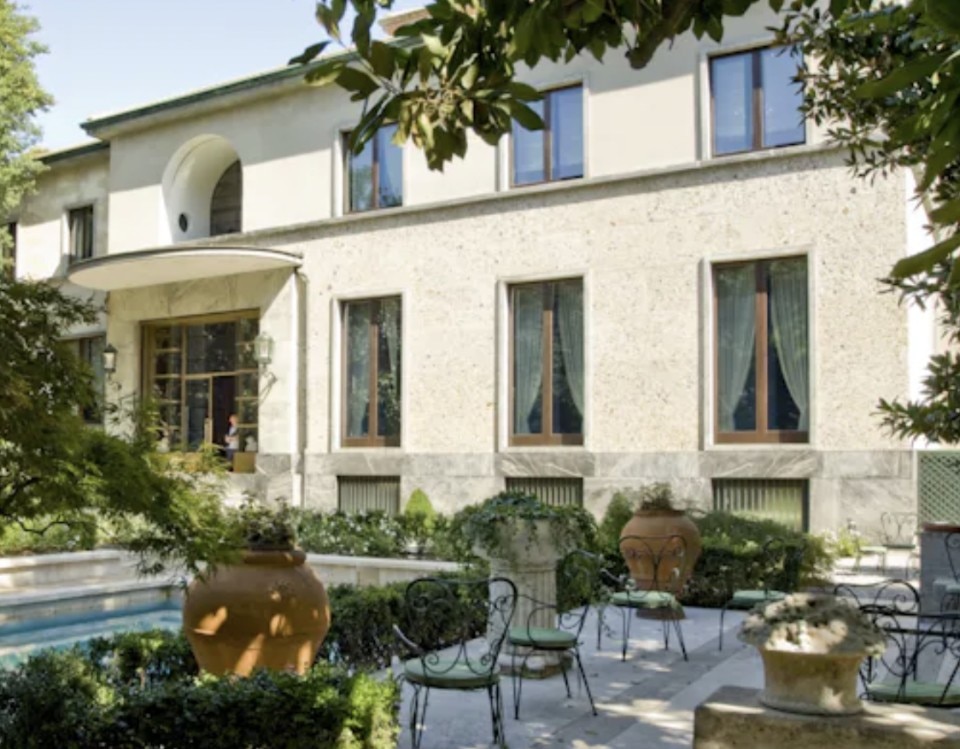During the “FAI Spring 2023 Days”, organized by the Italian Environment Fund ETS, some historical places of the Milanese urban landscape will open in a very exceptional way – including the public broadcasting company of Italy (RAI) studios, the Hippodrome, Pirelli’s HQ, Villa Necchi Campiglio and the Italian Buddhist Institute.
RAI studios, in Milan, are located in Corso Sempione in a 1939 building, the new headquarters of EIAR (later RAI), designed by Studio Ponti Fornaroli Soncini, in collaboration with engineer Nino Bertolaia. Ponti’s concept was that the three volumes that made up the building – offices, broadcasting and theatre – were separate and distinct. Between the offices and the transmissions he inserted the transparent body of vertical communications. Over time the building has undergone major changes. However, some architectural details remain, such as the portico and the portals on the street, which make the theme of proportions emerge.
The Hippodrome of San Siro is one of the most important centers of Milanese sport, as well as one of the most prestigious equestrian stages in the world. Designed in 1911 by the architect Paolo Vietti Violi – who became internationally renowned for his projects of sports facilities – the racecourse was inaugurated in 1920 to replace the ancient Trotter in Viale Padova. Built entirely in Art Nouveau style, the complex consists of race tracks with different paths, grandstands and stables, all surrounded by a botanical garden of more than 140 hectares. In 1999, at its entrance, the sculpture “Leonardo’s Horse” was placed, made by the artist Nina Akamu from drawings by Leonardo da Vinci for the equestrian monument of Francesco Sforza.
Pirelli’s Milan-Bicocca Headquarters houses a rich historical, artistic and cultural heritage. Visitors will be guided in a journey that starts from the late nineteenth century, to get to our days. From the Pirelli Foundation – with its four kilometers of documentation collected in the Historical Archives, the exhibition “Pirelli, When History Builds The Future” and the temporary exhibition “Designing light: Pirelli and the architecture of the workplace” – the fifteenth-century Bicocca degli Arcimboldi, up to the main Headquarters, with the historical cooling tower.
Donated to the FAI by Gigina Necchi Campiglio and Nedda Necchi in 2001, Villa Necchi Campiglio, in the city center, was designed in the early 1930s by Piero Portaluppi. In addition to the villa, the garden hosted the caretaker’s house with the concierge, the greenhouse, the garage, the tennis court and the swimming pool – the first of private ownership in Milan. The mezzanine floor served as a representative area, while the first floor was reserved for the private rooms of the family. Three important donations enrich the visit today: the collection of works of art of the early twentieth century by Claudia Gian Ferrari, the collection of paintings and decorative arts of the eighteenth century by Alighiero and Emilietta de’ Micheli and the collection Guido Sforni, consisting of 21 drawings on paper by artists of the twentieth century.
The Soka Gakkai Italian Buddhist Institute - Ikeda Cultural Center is the largest Buddhist center in Europe. The complex is located in Corsico, on an area of about 4 hectares and is composed of the Cascina della Guardia di Sopra – one of the most representative examples of rural buildings of the sixteenth century in Milan, object of a meticulous philological restoration – and from the new civic hall / hall of worship / auditorium. Clad in gilded metal on the outside and wood on the inside, the room functions as a theater, whose proscenium opens onto the sacred part containing the Gohonzon and which can be separated from the more “secular” stage with a system of sliding bulkheads. The appearance of this volume also recalls the golden carp, which in the Japanese Buddhist tradition embodies the metaphor of transformation – the carp, in fact, forcefully goes up the river stream, turning into a dragon.


